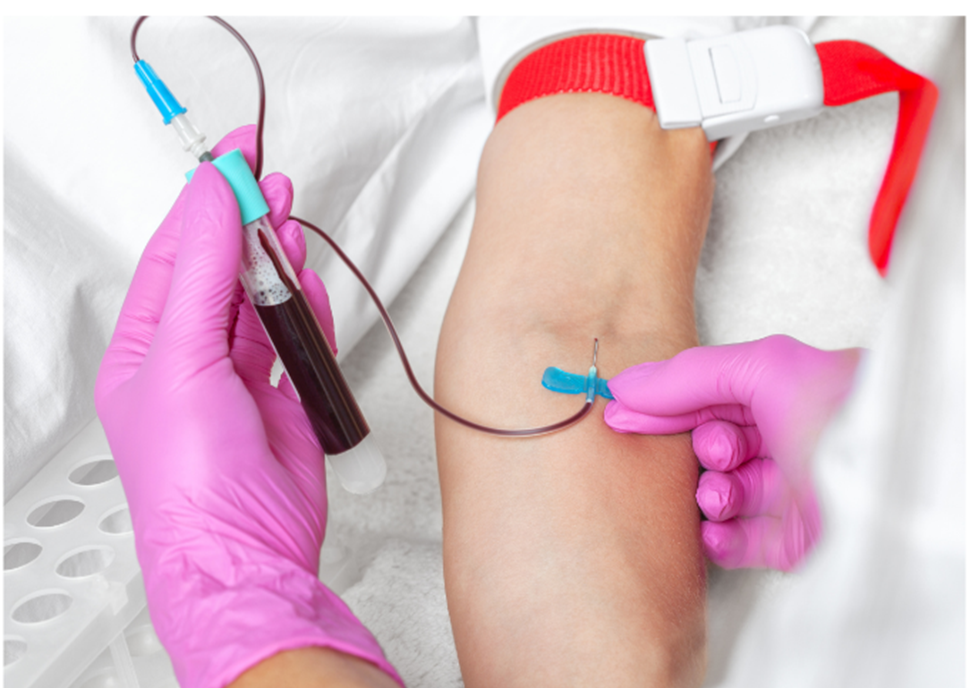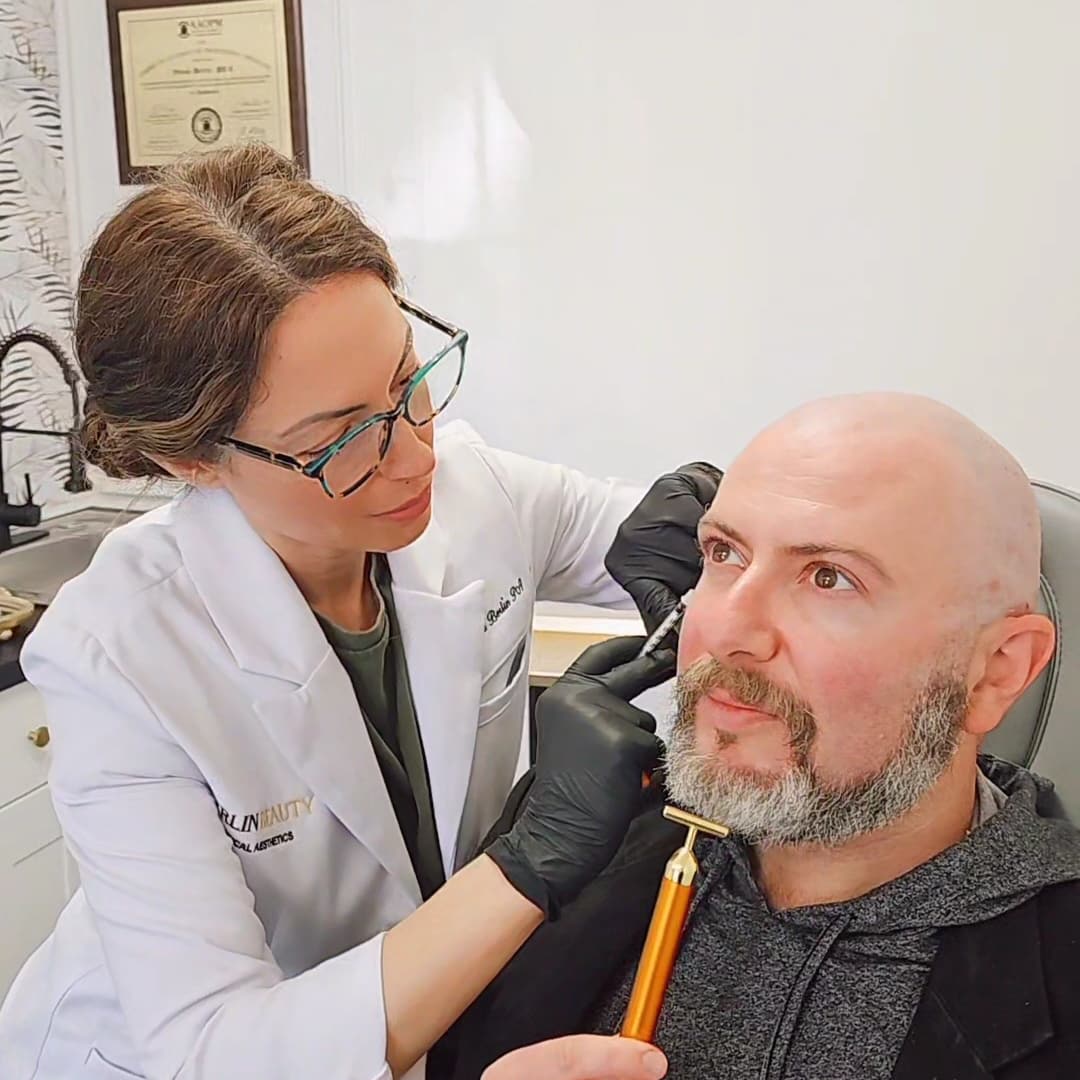
Exosomes: The Evolution of PRP
Introduction:
In recent years, regenerative medicine has witnessed a remarkable advancement with the emergence of exosomes as a groundbreaking therapeutic tool. Exosomes, the tiny extracellular vesicles secreted by cells, have revolutionized the field of regenerative treatments and are considered the next frontier in medical innovation. In this blog, we will explore the exciting evolution of exosomes and their potential as a superior alternative to Platelet-Rich Plasma (PRP) therapy.
The Rise of Platelet-Rich Plasma (PRP):

Platelet-Rich Plasma (PRP) therapy has gained immense popularity as a regenerative treatment option for various conditions, including joint injuries, skin rejuvenation, and hair restoration. PRP is derived from the patient’s blood and contains a high concentration of growth factors, platelets, and other bioactive molecules. When injected into the target area, PRP stimulates tissue repair, enhances collagen production, and promotes healing.
Enter Exosomes:

While PRP has demonstrated significant benefits, researchers and medical professionals have turned their attention to exosomes due to their unique properties and advantages. Exosomes are extracellular vesicles that contain a diverse array of signaling molecules, including proteins, nucleic acids, and growth factors. These microscopic messengers play a vital role in cell-to-cell communication and are involved in various biological processes, such as tissue regeneration, immune modulation, and inflammation regulation.
The Superiority of Exosomes:
Compared to PRP, exosomes offer several key advantages. Firstly, exosomes are smaller and more stable than PRP, allowing for easier delivery to target tissues. Their nano-sized structure enables them to penetrate deeper into tissues, reaching areas that PRP may not effectively access. Additionally, exosomes possess a more concentrated and diverse cargo of bioactive molecules, providing a potent therapeutic effect.
Another significant advantage of exosomes is their potential to avoid certain limitations associated with PRP therapy. Since exosomes are derived from mesenchymal stem cells or other cell types, they can bypass issues related to donor variability and concentration variances that may arise with PRP. Furthermore, exosomes are acellular, mitigating the risk of immune reactions or adverse effects that could occur with PRP injections.
The Versatility of Exosomes:

Exosomes hold immense promise in various medical fields. From orthopedics to dermatology and beyond, exosomes have the potential to revolutionize regenerative medicine. In orthopedics, exosomes can aid in cartilage repair, tendon healing, and bone regeneration. In aesthetics, exosomes offer exciting possibilities for facial rejuvenation, scar revision, and hair regrowth. Furthermore, exosomes show potential in neurological disorders, cardiovascular conditions, and autoimmune diseases, making them a versatile and transformative tool in healthcare.
Conclusion:
As regenerative medicine continues to evolve, exosomes have emerged as a game-changer, surpassing PRP therapy in many aspects. With their superior properties, concentrated bioactive cargo, and potential for a wide range of applications, exosomes open new horizons for therapeutic interventions. While PRP remains a valuable treatment option, exosomes represent the next stage in the evolution of regenerative therapies. As further research and clinical trials unfold, exosomes are poised to transform the medical landscape, offering improved outcomes and enhanced patient care.
Feel free to reach out to us with any questions. Book your complimentary consultation with our qualified professionals at Berlin Beauty Medical Aesthetics in our West Caldwell, NJ office any and we can help you decide which treatment is best for you.
Read Recent Articles
Botox vs. Fillers: Which Treatment is Right for You?
When it comes to non-surgical cosmetic treatments, Botox and dermal fillers are two of the most popu
Say Goodbye to Wrinkles: Exploring Effective Treatment Options
Wrinkles, the inevitable signs of aging, often leave individuals longing for smoother, more youthful
The Impact of Dermal Fillers on Aging Skin
In the eternal quest for youthfulness, modern skincare has unlocked a powerful tool: dermal fillers.

 862-308-8113
862-308-8113



